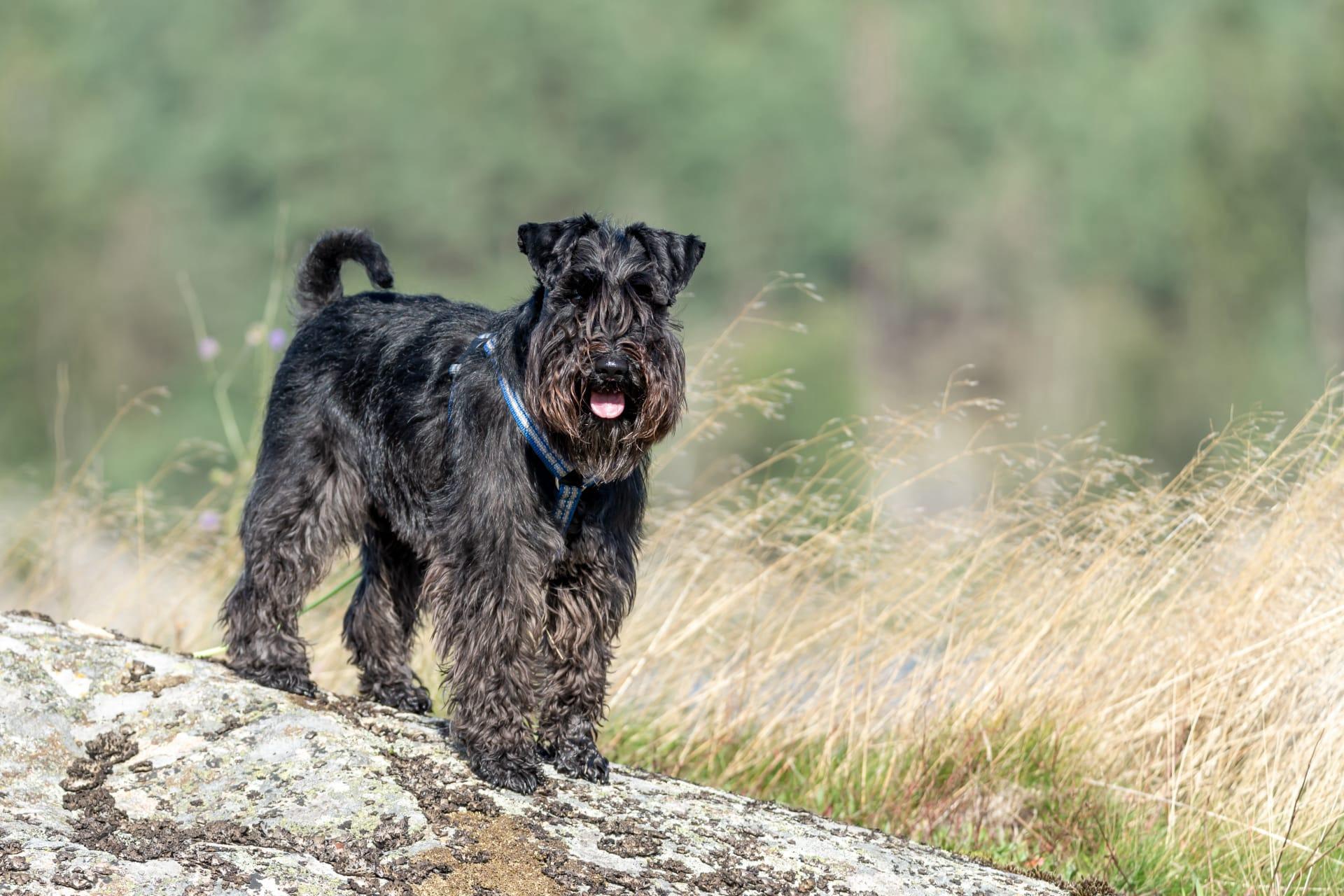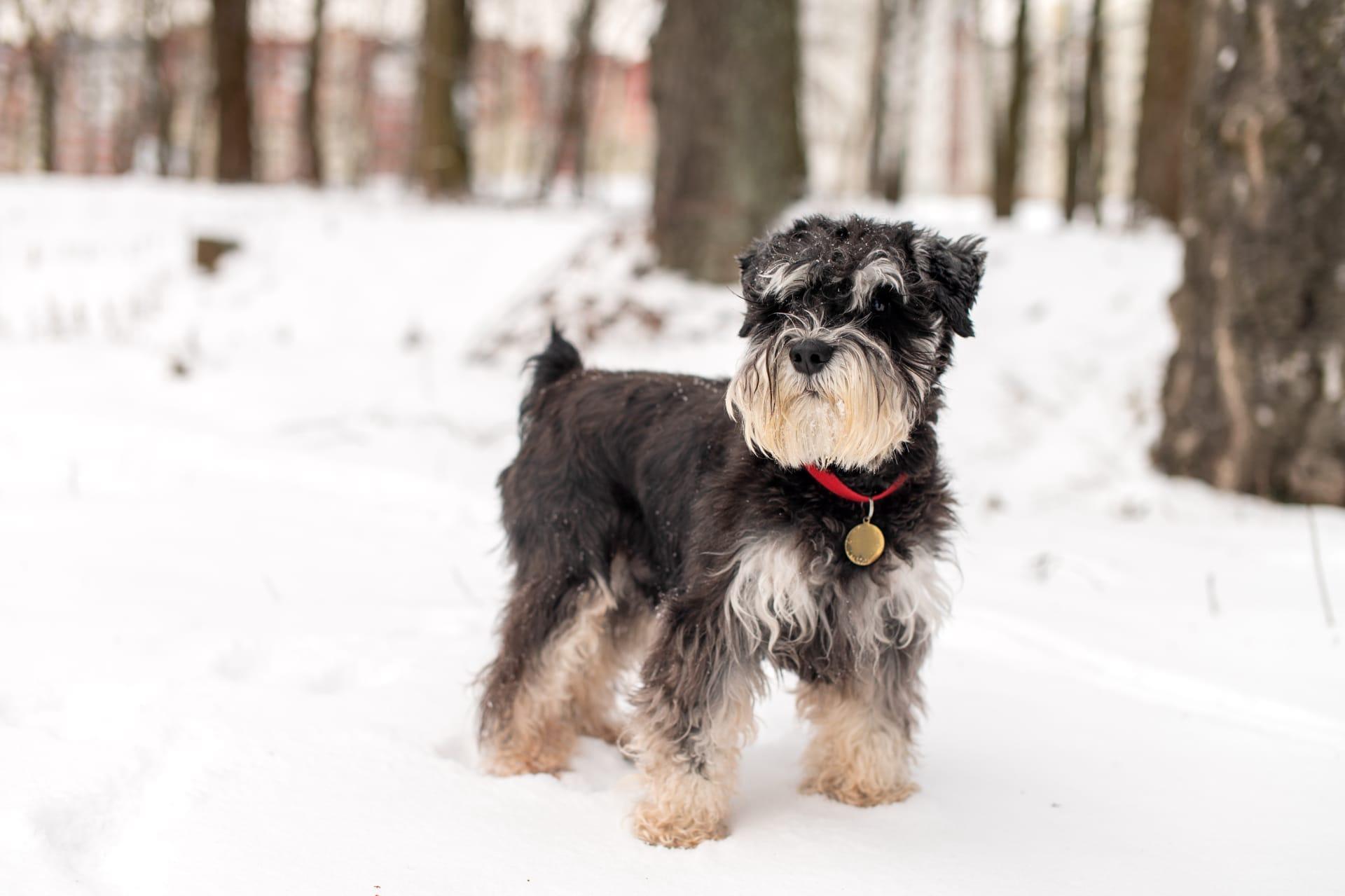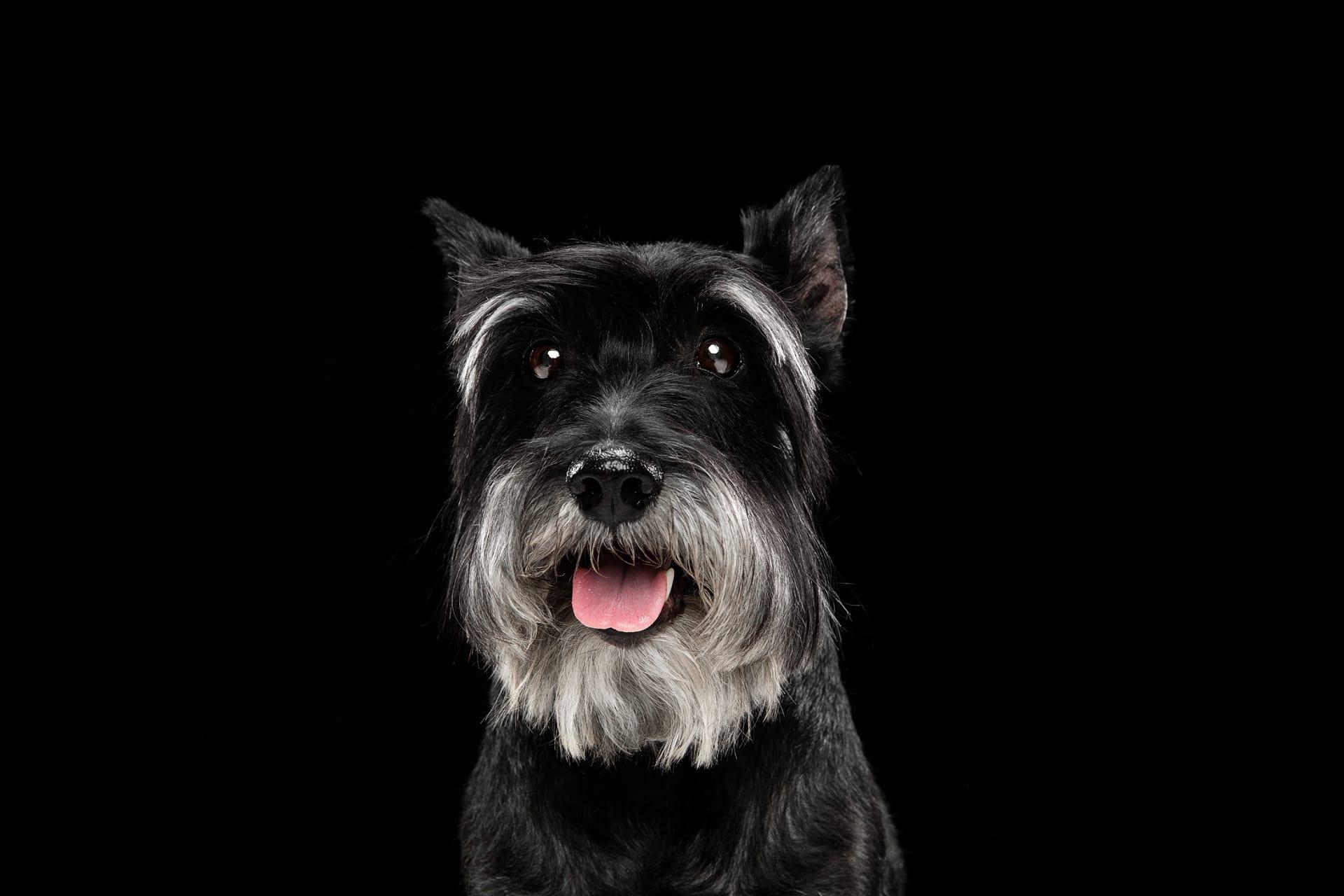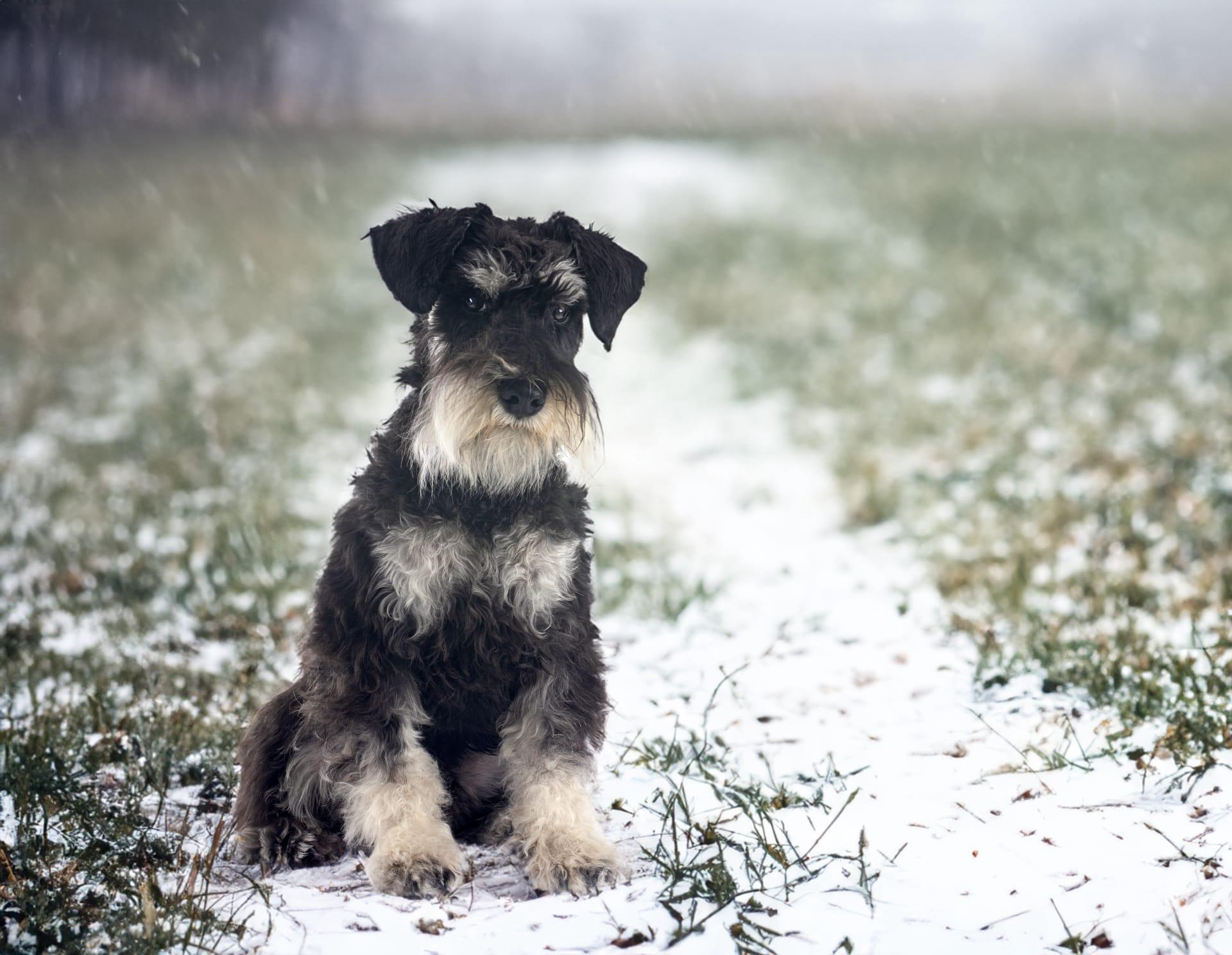Miniature Schnauzer
- Home /
- Mini Encyclopedia /
- Animal /
- Miniature Schnauzer
1
The Miniature Schnauzer belongs to the Canidae family, classified under the genus Canis, species Canis lupus, and is a member of the subspecies Canis lupus familiaris. This breed is distinguished by its characteristic double coat, which comprises a wiry outer coat and a soft undercoat, as well as its distinct facial features, including bushy eyebrows, a beard, and a robust, rectangular head shape. Miniature Schnauzers are small in size, typically standing 12 to 14 inches tall at the shoulder and weighing between 11 to 20 pounds.
Originally bred in Germany in the late 19th century, the Miniature Schnauzer's primary role was to catch rats and other pests on farms. Today, this breed enjoys popularity worldwide, particularly in the United States, Europe, and Australia. Their adaptability makes them suitable for various living conditions, thriving in both urban apartments and rural homes. Despite their global presence, the highest concentrations of Miniature Schnauzers are found in the United States and Germany, reflecting the breed's origins and widespread appeal.

2
Question: Do Miniature Schnauzers require extensive outdoor activity?
Answer: A common misconception about Miniature Schnauzers is that they need extensive outdoor activity due to their high energy levels. In reality, while they are spirited and enjoy regular exercise, their needs can be met with daily walks and playtime indoors or in a small yard. They are well-suited for apartment living as long as they receive adequate mental and physical stimulation. This breed's intelligence and eagerness to please make them responsive to training, which can also help manage their energy levels.

3
Miniature Schnauzers form strong bonds with their human families, showing a blend of affection, loyalty, and protectiveness. Their social nature and intelligence make them excellent companions, capable of participating actively in family activities and learning tricks and commands with ease. These dogs are known for their alertness and can be vocal, making them good watchdogs. However, they are generally friendly towards strangers once properly introduced.
Their adaptability and size make Miniature Schnauzers suitable for a variety of homes and lifestyles. They are particularly good with children and other pets when socialized from a young age. Regular grooming is necessary to maintain their distinctive appearance, including trimming their coat and managing their beard and eyebrows. This grooming routine not only keeps them looking their best but also strengthens the bond between the dog and their owner.

4
The Miniature Schnauzer was developed in Germany during the late 19th century by breeding the Standard Schnauzer with smaller breeds like the Affenpinscher and possibly the Poodle or Miniature Pinscher. The aim was to create a smaller version of the Standard Schnauzer that was more suited for ratting and as a companion dog. The breed was officially recognized in Germany in 1899, and its popularity quickly spread across Europe and to the United States.
Over the years, the Miniature Schnauzer has evolved from a farm dog to a beloved companion, maintaining its energetic and alert demeanor. Breeders have also worked to refine its physical characteristics, such as its distinctive coat and facial features, while preserving its health and temperament. Today, the Miniature Schnauzer is celebrated for its versatility, serving as a family pet, show dog, and competitor in various dog sports. Its friendly nature and adaptability have made it one of the most popular breeds worldwide.

5
Film: "The Miniature Schnauzer: Companion and Friend" is a British documentary from the early 2000s that explores the breed's versatility, intelligence, and history. It provides insights into the breed's development in Germany, its roles beyond being a companion, and its status as one of the most popular breeds in the modern world.
Book: "The Complete Guide to Miniature Schnauzers" by Linda Whitwam (United Kingdom, 2018) offers a comprehensive overview of the breed, covering care, training, health issues, and breed history. Whitwam's book is praised for its practical advice and deep dive into the unique traits of Miniature Schnauzers, making it an essential resource for both new and experienced owners.
Book: "Miniature Schnauzers: New Owners Guide" by Dan Kiedrowski (United States, 2014) focuses on providing first-time Miniature Schnauzer owners with all the information they need to ensure a happy and healthy life with their pet. Kiedrowski covers topics such as grooming, diet, exercise, and training, complemented by personal anecdotes and tips that highlight the breed's charming personality and requirements.